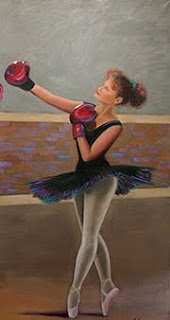
I remember when I was going to high school we had a teacher who coached the swim team. Now the strange thing about it was he didn’t know how to swim! How crazy was that?
But as crazy as that was there are martial arts students who are learning how to defend themselves from people who haven’t a clue about whether what they are teaching works or not. Not only is this crazy but it’s also downright dangerous. Learning from the experienced instead of the learned tends to help cut through a lot of the B.S. As masters of mayhem and violence they tend to flesh out and put a face on violence. They help fill in the gaps between the what ifs and the what is.
It helps you to view violence from a correct point of view; you get a lifetime of learning if you pay attention to what they have to say. And if you’re lucky enough you’ll learn the differences between being experienced and having wisdom. It’s been said “Experience is what man calls his mistakes” and “wisdom is learning from others experience”. In reality there are things a book or a DVD can’t explain, teach, or show you. Such as seeing the fear in your enemies’ eyes or the moment you take his spirit and gain the advantage. Or the sound a head makes as it hits the pavement or slams against the wall in a dark alley. Or what it feels like to be stabbed or shot, these things can be best explained by those who have been through it first hand.
I have had students ask me for advice based on my experiences on various situations. Things like dealing with bullies, multiple opponents, guns, knives, fights at parties or bars etc. I tell them the ugly truth about each situation, not the politically correct version. It's important that know what they’re getting themselves into and the options that they have to get themselves out of it, if need be. Much of the advice comes from what I would call the “Grey side of the law”. I have learned from experience that this was the quickest way to get out of a dangerous situation. After all are you going to wait around for the police to show up to save the day, especially when you have two or three dudes kicking and stomping you into the ground? It's faster and easier to pick up a brick or a bottle to even the odds and get to safety. The learned can only guess as to what to do in a dangerous situation, while the experienced can tell you exactly what to do to survive and prevail.
While I don’t have any letters before or after my name such as PHD. or DR., I do have those that do, come to me to teach them how to defend themselves. And why is that? Because you don’t ask the learned you ask the experienced!
Daniel Sambrano
www.SuperHeroSystems.com











 I just stumbled upon an old post on the popular blog
I just stumbled upon an old post on the popular blog 


